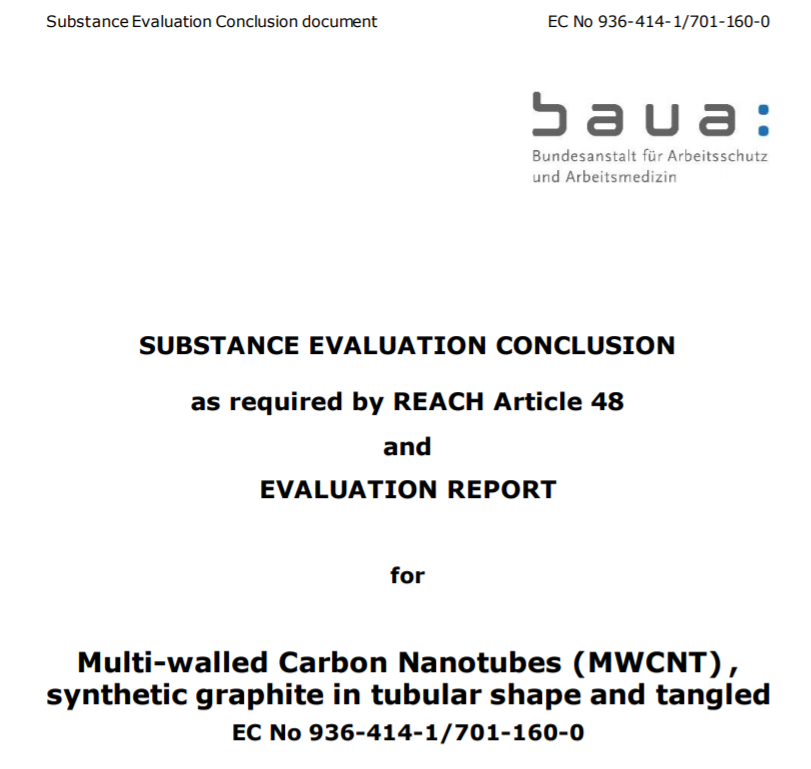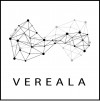 ECHA has published the substance evaluation conclusion for multi-walled carbon nanotubes (MWCNT), synthetic graphite in tubular shape and tangled, summarising how the information on the substance can be used for the purposes of regulatory risk management.
ECHA has published the substance evaluation conclusion for multi-walled carbon nanotubes (MWCNT), synthetic graphite in tubular shape and tangled, summarising how the information on the substance can be used for the purposes of regulatory risk management.
Substance evaluation aims to clarify whether a substance constitutes a risk to human health or the environment and EU Member States evaluate assigned substances with the objective to clarify the potential concern and, if necessary, to request further information from the registrant(s) concerning the substance.
If the evaluating Member State concludes that no further information needs to be requested, the substance evaluation is completed. If additional information is required, this is sought by the evaluating Member State. The evaluating Member State then draws conclusions on how to use the existing and obtained information for the safe use of the substance.
Diverse concerns were addressed by Germany, including consumer use, Discrepancy in self-classification between different registrants of the joint submission(s), Differences in physico-chemical properties that affect toxicity, e., number of different registered nanoforms and the choice of representative test material(s), Suspected specific target organ toxicity, Suspected carcinogen, Effects on environmental organisms, Suspected environmental exposure, Cumulative exposure and Suspected persistency.
The final report concluded that it was not possible to fully address the concerns, particularly given the changing landscape for dossiers since the January 1st eequirement for nanoform sets and late submission of data.



















